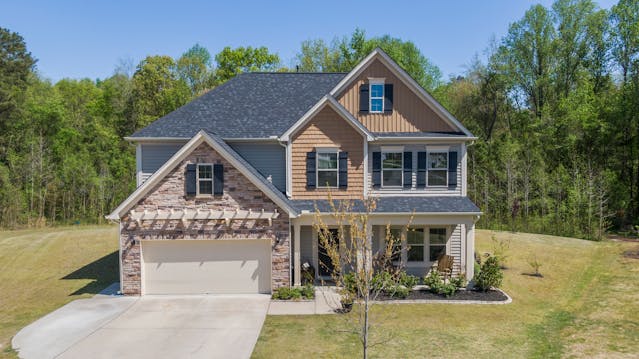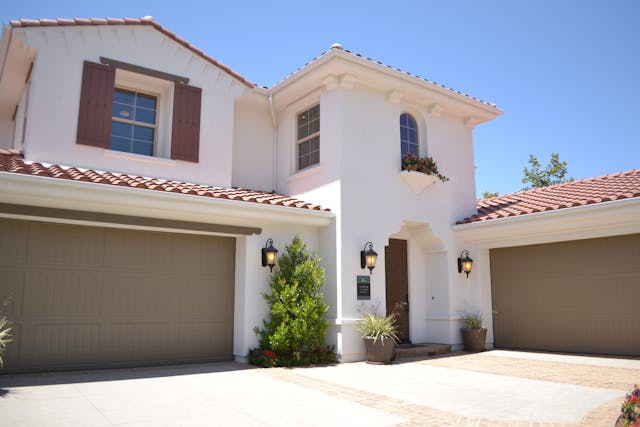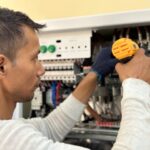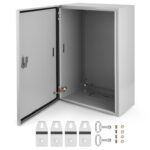A well-functioning garage door is essential for security, convenience, and curb appeal. But like any mechanical system, it’s not immune to wear and tear. Whether you’re rushing to get to work or returning home late at night, a malfunctioning garage door can quickly become a major inconvenience. Fortunately, many common garage door problems can be identified—and even resolved—without the need for immediate professional assistance (on that note though, if you’re experiencing ongoing issues or need reliable installation and repairs, Alpha Garage Doors offers expert service and dependable solutions for residential and commercial properties).
The Garage Door Won’t Open or Close
One of the most common issues homeowners face is a door that refuses to budge. This can be caused by:
- Power issues: Check if the opener is plugged in and if the circuit breaker hasn’t tripped.
- Remote problems: Replace the battery or reprogram the remote.
- Sensor misalignment: Clean and realign the safety sensors near the bottom of the door.
DIY fix: Ensure the opener has power, test the remote with fresh batteries, and clear any obstructions near the sensors.
The Door is Noisy During Operation
A squeaky or grinding noise can indicate a mechanical problem, often due to:
- Worn-out rollers
- Loose hardware
- Lack of lubrication
DIY fix: Tighten any loose nuts and bolts and apply a garage door lubricant to rollers, hinges, and springs. If the noise persists, consider replacing worn components.

Garage Door Opens Unevenly or Jerks
If your door opens unevenly, it may be:
- Off-track
- Facing spring tension imbalance
- Suffering from obstructed rollers
DIY fix: Inspect the tracks and remove debris. If the problem lies in the springs, it’s best to call a professional—springs are under high tension and can be dangerous to adjust yourself.
Remote or Wall Switch Doesn’t Work
If neither the remote nor wall switch is operating the door, the issue might be:
- Disrupted power source
- Faulty motor
- Burnt-out fuse
DIY fix: Double-check the power source, reset the opener unit, and inspect for tripped breakers or blown fuses. If none of these resolve the issue, a technician should inspect the motor.
Garage Door Reverses Before Touching the Floor
This issue usually points to a problem with the close-force setting or sensor alignment. Your opener might think there’s an obstruction when there isn’t.
DIY fix: Check for dirt or misalignment in the photo-eye sensors. You may also need to adjust the down-limit screw on the opener.

Broken Springs or Cables
Torsion or extension springs and lift cables are crucial for smooth operation. When they snap or become frayed, the door can become inoperable or unsafe.Warning:Never attempt to repair or replace springs or cables yourself. This job requires specialist tools and training.
Professional solution: Call in experts to safely assess and fix the problem.
Preventative Maintenance Tips
To keep your garage door running smoothly year-round:
- Lubricate moving parts every six months
- Test the auto-reverse feature regularly
- Keep the tracks clean and debris-free
- Check for worn weather stripping
- Schedule annual professional inspections
What’s the takeaway?
Your garage door does a lot of heavy lifting—literally and figuratively. Being able to troubleshoot common issues can save you time and hassle, but knowing when to call in the professionals is just as important.












Leave a comment